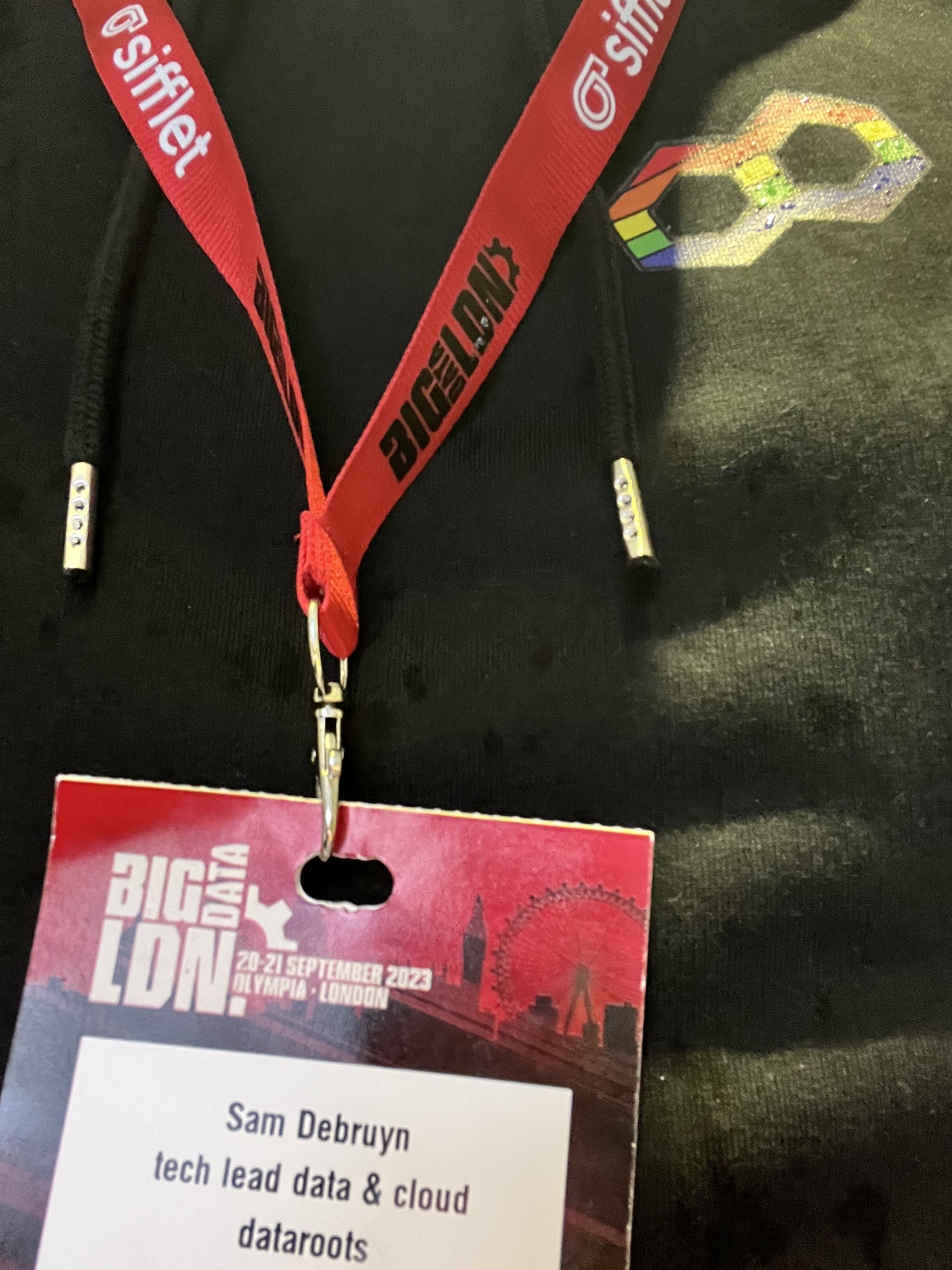data platform
Fabric: Lakehouse or Data Warehouse?

There are 2 kinds of companies currently active in the Microsoft data space: those who are migrating to Microsoft Fabric, and those who will soon be planning their migration to Microsoft Fabric. 😅 One question that often comes back is Should I focus on the Lakehouse or the Data Warehouse? Let’s answer that in this post. I can already tell you this: you’re asking the wrong question 😉
Is Microsoft Fabric just a rebranding?

It’s a question I see popping up every now and then. Is Microsoft Fabric just a rebranding of existing Azure services like Synapse, Data Factory, Event Hub, Stream Analytics, etc.? Is it something more? Or is it something entirely new? I hate clickbait titles as much as you do. So, before we dive in, let me answer the question right away. No, Fabric is not just a rebranding. I would not even describe Fabric as an evolution (as Microsoft often does), but rather as a revolution! Now, let’s find out why.
My take-aways from Big Data London: Delta Lake & the open lakehouses

Last week I attended Big Data London. Both days were filled with interesting sessions, mostly focussing on one of the vendors also exhibiting at the conference. There are 2 things I am taking away from this conference: Delta Lake has won the data format wars, and your next data platform is either Snowflake, either an open Lakehouse.
Welcome to the 3rd generation: SQL in Microsoft Fabric

While typing this blog post, I’m flying back from the Data Platform Next Step conference where I gave a talk about using dbt with Microsoft Fabric . DP Next Step was the first conference focussed on Microsoft data services right after the announcement of Microsoft Fabric so a lot of speakers were Microsoft employees and most of the talks had some Fabric content. Fabric Fabric Fabric, what is it all about? In this post I’ll go deeper into what it is, why you should care and focus specifically on the SQL aspect of Fabric.